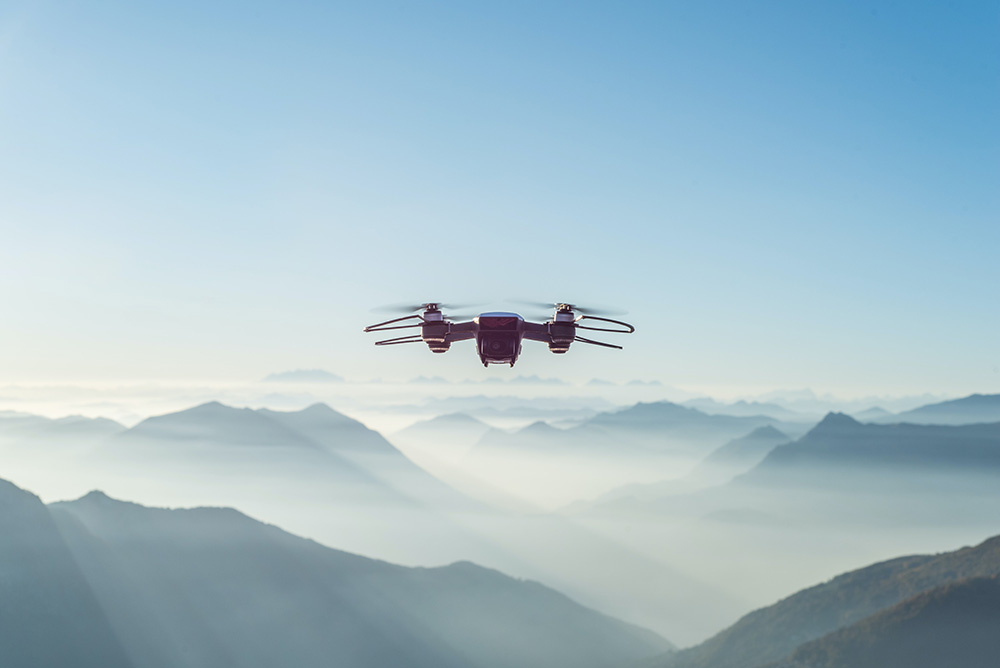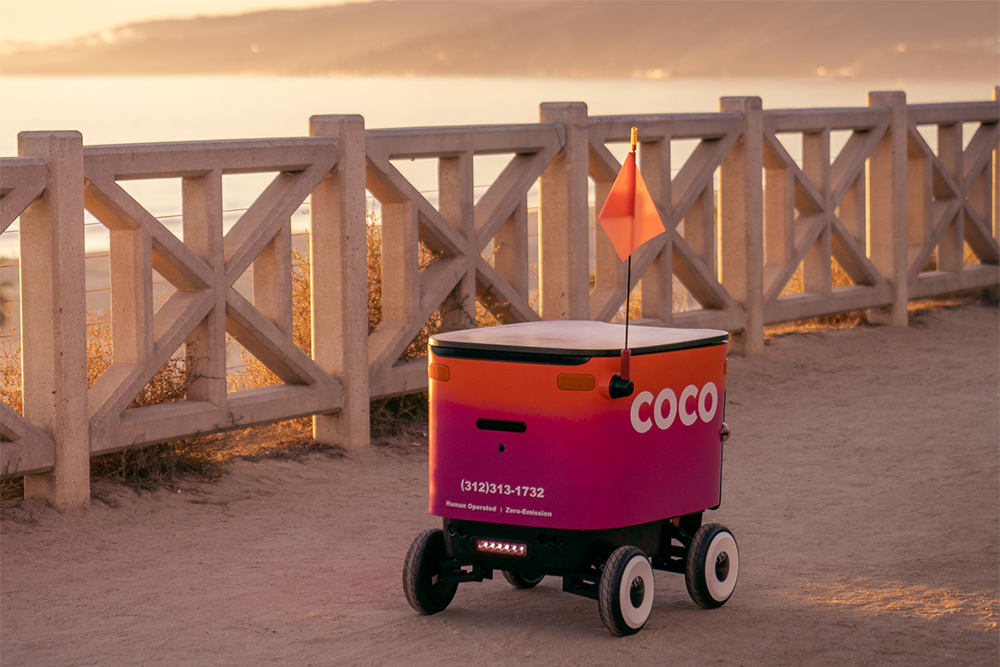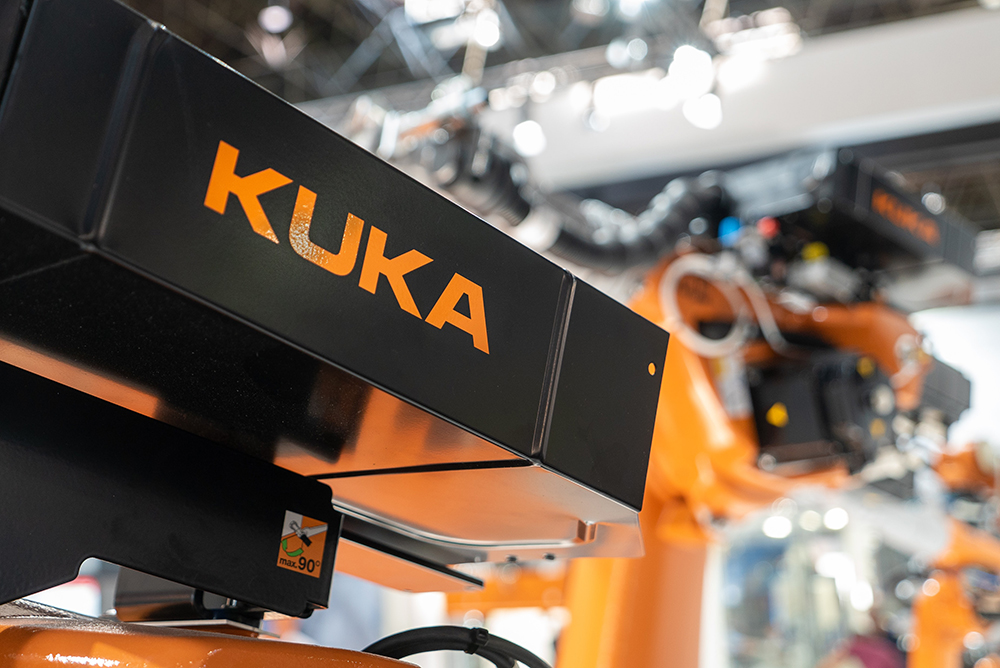“Boston Dynamics just released the latest demo of its humanoid robot, Atlas. The robot could already run and jump over complex terrain thanks to its feet. Now, the robot has hands, per se. These rudimentary grippers give the robot new life. Suddenly, instead of being an agile pack mule, the Atlas becomes something closer to a human, with the ability to pick up and drop off anything it can grab independently.” (TechCrunch, January 18, 2023) This was reported by TechCrunch on January 18, 2023. Hands are actually very important for Atlas. The humanoid robot could now pick up or move heavy objects on a construction site. But it could also take care of trapped or injured animals in a nature park, freeing them or providing them with food and water. Such visions have been described by robot ethicist and machine ethicist Oliver Bendel for some time. A video released on January 18, 2023 shows the grippers picking up construction lumber and a nylon tool bag. “Next, the Atlas picks up a 2×8 and places it between two boxes to form a bridge. The Atlas then picks up a bag of tools and dashes over the bridge and through construction scaffolding. But the tool bag needs to go to the second level of the structure – something Atlas apparently realized and quickly throws the bag a considerable distance.” (TechCrunch, January 18, 2023) At the end of the video, Atlas does a somersault and then extends its hand – its brand new hand – triumphantly.
The Uncanny Robot CyberOne
Xiaomi – a Chinese manufacturer of consumer electronics – introduced CyberOne in August 2022. It is a humanoid social robot. It has a head, but no face, and for that reason alone it looks creepy. The company writes on its website: “As the newest member of Xiaomi’s Cyber series, joining last year’s quadruped robot Cyberdog, CyberOne is fitted with advanced arms and legs, supports bipedal-motion posture balancing, and reaches a peak torque of up to 300Nm. Also demonstrated was the ability to detect human emotion, advanced vision capabilities, and functionality allowing it to create three-dimensional virtual reconstructions of the real world, alongside a host of other advanced technologies.” (Xiaomi, August 11, 2022) Via www.youtube.com/watch?v=CJhneBJIfOk you can watch a video with CyberOne. Overall, the demonstration seems unconvincing. The missing face has already been mentioned. The robot makes sounds that are more appropriate for a small toy and entertainment robot. In addition, it moves stiffly and slowly. You can say that the list of uncanny robots has been expanded with CyberOne. Maybe the company can improve the prototype and make it more compelling.
Chess Robot Breaks Finger of Young Opponent at the Moscow Open
According to the Guardian, a chess-playing robot, “apparently unsettled by the quick responses of a seven-year-old boy, unceremoniously grabbed and broke his finger during a match at the Moscow Open” (Guardian, July 24, 2022). That’s a strange formulation, though, because the robot certainly wasn’t unsettled. It simply does not comply with current safety regulations and should never have been used in this form. Sergey Smagin, vice-president of the Russian Chess Federation, even twists things when he says: “There are certain safety rules and the child, apparently, violated them. When he made his move, he did not realise he first had to wait …” (Guardian, July 24, 2022) In such a setting, the robot should follow safety rules rather than the human. In chess, one is focused on the game and highly tense. One should not still have to adjust to the behavior of the cobot. Cobots are useful tools in production and logistics and also in the service area. The models from Kuka, Franka Emika, or F&P Robotics are very safe to operate. The chess robot that was used in Moscow is not at the current technical level.
Robots in Law and Policing
Robophilosophy 2022 at the University of Helsinki is the fifth event in the biennial Robophilosophy Conference Series. It “will explore the societal significance of social robots for the future of social institutions with its usual broad scope, embracing both theoretical and practical angles” (CfP Robophilosophy). It “is an invitation to philosophers and other SSH researchers, as well as researchers in social robotics and HRI, to investigate from interdisciplinarily informed perspectives whether and how social robotics as an interdisciplinary endeavour can contribute to the ability of our institutions to perform their functions in society” (CfP Robophilosophy). Social institutions include retirement and nursing homes, strip clubs and brothels, monasteries and seminaries, and police departments. Oliver Bendel (School of Business FHNW) will have the opportunity to present his paper entitled “Robots in Policing” in session 1, “Robots in Law and Policing”. Cindy Friedman (“Granting Negative Rights to Humanoid Robots”) and Jakob Stenseke (“The Use and Abuse of Normative Ethics for Moral Machines”) will speak after him. In addition, a poster by Katharina Kühne and Melinda Mende (University of Potsdam) as well als Oliver Bendel entitled “Tamagotchi on our couch: Are social robots perceived as pets?” was accepted. The full program is now available online.
First Geriatronics Summit
The goal of the First Geriatronics Summit is to highlight current and planned robotics solutions in the context of geriatronics and to raise awareness of the relevant technologies among policymakers. According to its website, the event, which will take place on June 20 and 21, 2022, in Garmisch-Partenkirchen (Germany), aims to answer the following questions: 1. How can geriatronics be used to address the growing shortage and geographic disparities in caregivers and overburdened healthcare? 2. How can robotics and AI promote independence, mobility, self-determination and health for older people for as long as possible? 3. What are the rules of autonomy and how can moral, ethical, cultural, and personal challenges and dilemmas be addressed for geriatrics? Invited scientists are Prof. Dr.-Ing. Tamim Asfour (KIT Karlsruhe), Dr. Sylvain Calinon (EPFL), Dr. Tadej Petrič (Jožef Stefan Institute), Dr. Matteo Laffranchi (Italian Institute of Technology – IIT), Prof. Adriana Tapus (Institut Polytechnique de Paris), Prof. Jim Tørresen (University of Oslo), Prof. Dr.- Ing. Sami Haddadin (TUM), Prof. Dr. med. Alena M. Buyx (TUM), Prof. Dr. oec. Oliver Bendel (Hochschule für Wirtschaft FHNW), Prof. Dr. Christian Djeffal (TUM), Prof. Vera Lúcia Raposo (University of Coimbra), Prof. Dr. Lee Bygrave (University of Oslo), and Prof. Dr. Martin Ebers (Humboldt-Universität zu Berlin/University of Tartu). The event is supported by the Munich Institute of Robotics and Machine Intelligence (MIRMI) of the Technical University of Munich (TUM) and the Volkswagen Foundation, among others.
No More Drone Transports over Lake Zurich?
Swiss Post and PostBus are pioneers in the operation of robotic vehicles, robots, and drones. Swiss Post now reports the withdrawal from an project in which drones were used to transport laboratory samples: “Swiss Post drones have flown across various Swiss cities as a service for hospitals since 2017. After five years of pioneering work, the company has now decided to hand over its drone project to the Californian drone systems developer Matternet. Although the autonomous drones have attracted global interest, the current regulatory environment for unmanned aerial vehicles in Switzerland means Swiss Post is unable to use the drones widely enough or operate them at a profit. With its new strategy, the company is focusing on logistics solutions in its core business and on continuing to finance the public service for Switzerland using its own resources. This strategic decision is a logical step as part of its strategy.” (Media release Swiss Post, June 1, 2022) There were repeated problems within the project. For example, a drone once crashed into Lake Zurich. Nevertheless, the approach was generally considered innovative. It will be interesting to see whether the drone transports will be resumed one day.
Robots and Cops
Robophilosophy 2022 is the fifth event in the biennial Robophilosophy Conference Series. It “will explore the societal significance of social robots for the future of social institutions with its usual broad scope, embracing both theoretical and practical angles” (CfP Robophilosophy). It “is an invitation to philosophers and other SSH researchers, as well as researchers in social robotics and HRI, to investigate from interdisciplinarily informed perspectives whether and how social robotics as an interdisciplinary endeavour can contribute to the ability of our institutions to perform their functions in society” (CfP Robophilosophy). Social institutions include retirement and nursing homes, strip clubs and brothels, monasteries and seminaries, and police departments. As announced by the organizers on April 15, Oliver Bendel (School of Business FHNW) will have the opportunity to present his paper entitled “Robots in Policing” at the conference. It is about how service robots and social robots are changing policing as “social work”. In addition, a poster by Katharina Kühne and Melinda Mende (University of Potsdam) as well als Oliver Bendel entitled “Tamagotchi on our couch: Are social robots perceived as pets?” was accepted.
Transport Robots on the Streets of LA
Hundreds of transport robots are on the streets of Los Angeles for Coco, an American food delivery company. According to them, they cover all major neighborhoods in the city and save considerable time and money. As Engadget reports, Coco has now expanded beyond its home base. It says the service is already available in Austin, and will also be available in Dallas, Houston, and Miami in the future. The vehicles are controlled remotely by employees, from their own homes. Other providers, however, are focusing on autonomous mobility. Oliver Bendel was able to see for himself on site in Santa Monica at the beginning of April 2022 that the transport robots manufactured by Segway drive along the sidewalks and cross the streets in compliance with the rules. Still, he considers them – like the Starship Technologies devices that Swiss Post has experimented with – to be tripping hazards. In metropolitan areas like Los Angeles, moreover, vandalism is likely to be a problem. Still, delivery seems to work on the whole (Photo: Coco).
MIT Lincoln Laboratory Presents AI-GUIDE
The MIT Lincoln Laboratory reports a new invention on its website, namely the AI-guided ultrasound intervention device. The teaser introduces the topic as follows: “Hemorrhage causes 90% of preventable battlefield deaths. AI-GUIDE is designed to address this issue by enabling medics to catheterize a major blood vessel, through which life-saving aid can be delivered, in a pre-hospital setting.” (Website MIT) The use of the device is described as follows: “Using state-of-the-art artificial intelligence (AI) and robotics, this handheld catheterization tool guides users to perform the key step of inserting a needle and guidewire in the targeted vessel, after which they can readily complete catheterization.” (Website MIT) More information via www.ll.mit.edu/r-d/projects/artificial-intelligence-guided-ultrasound-intervention-device.
Robots by the Hour
“Robots by the Hour” – this is the motto of Formic. The company, which is based in Chicago, buys standard robot arms that perform a simple, repetitive job (such as lifting a piece of metal into a press, which then bends the metal into a new shape) and leases them along with its own software. Wired magazine writes: “They’re among a small but growing number of robots finding their way into workplaces on a pay-as-you-go basis.” (Wired, 18 January 2022) Polar is one of the companies trying out the leasing offer. Jose Figueroa, who manages Polar’s production line, says the robot “costs the equivalent of $8 per hour, compared with a minimum wage of $15 per hour for a human employee. Deploying the robot allowed a human worker to do different work, increasing output …” (Wired, 18 January 2022) Formic writes on its website: “We didn’t invent automated systems, but we democratized them. Because technology doesn’t change the world until you make it accessible to those who need it most. Automation is a necessity, not a luxury. And our mission is to continue the American legacy of innovation by making it your reality.” The future will show whether there is a market for leasing robots.









